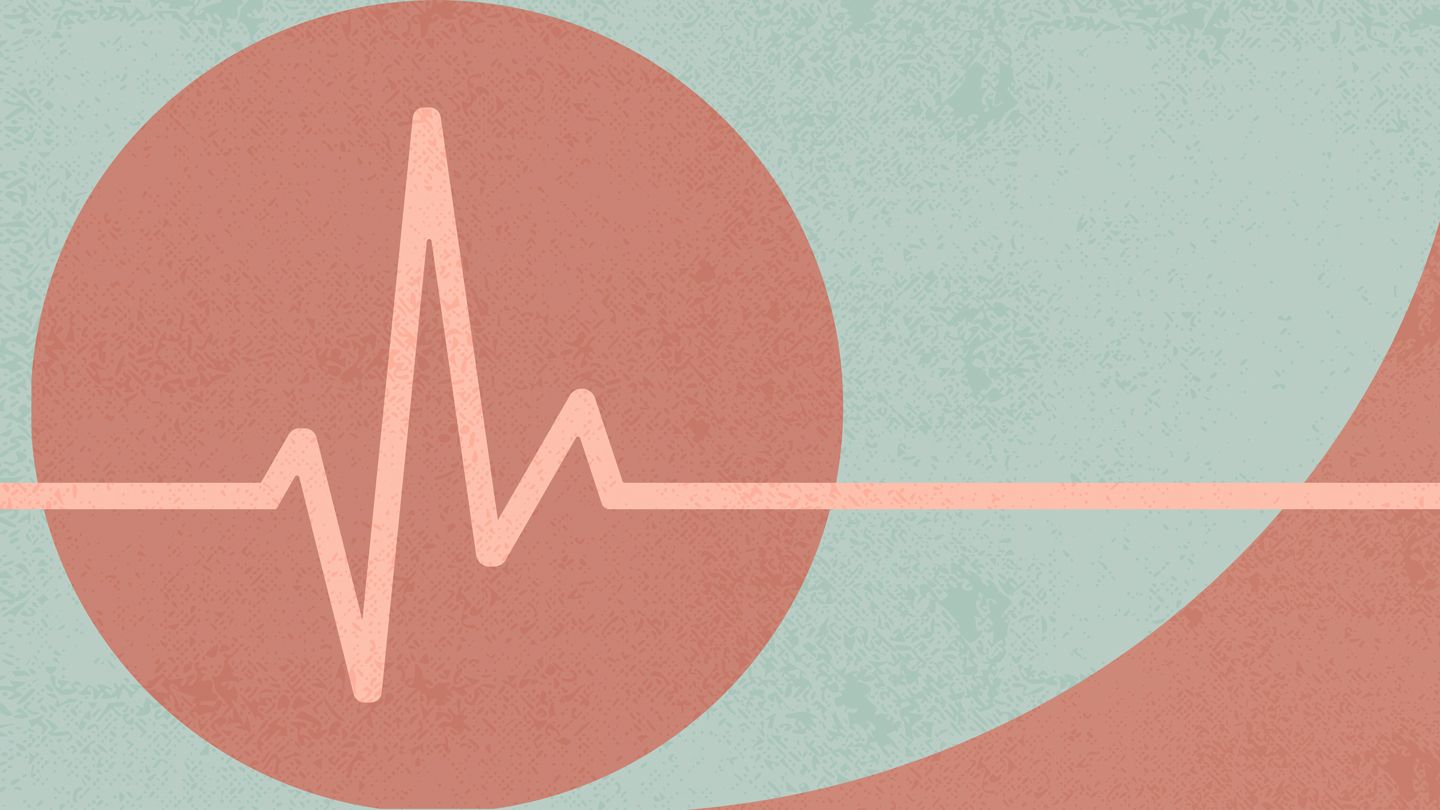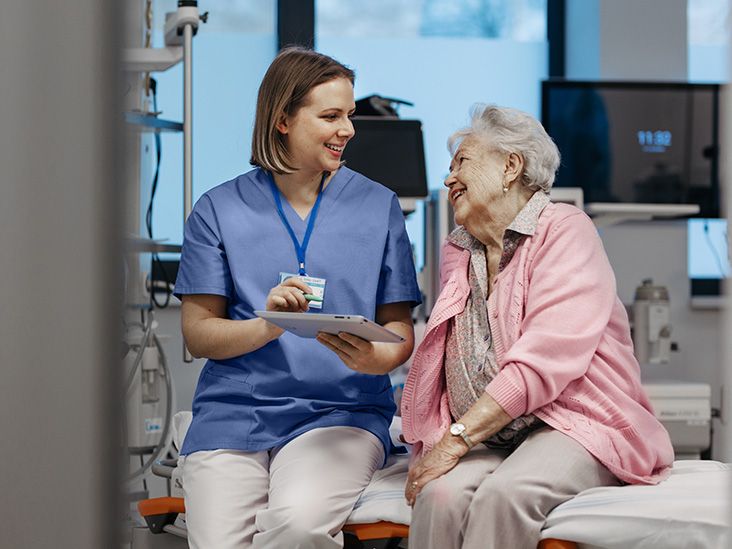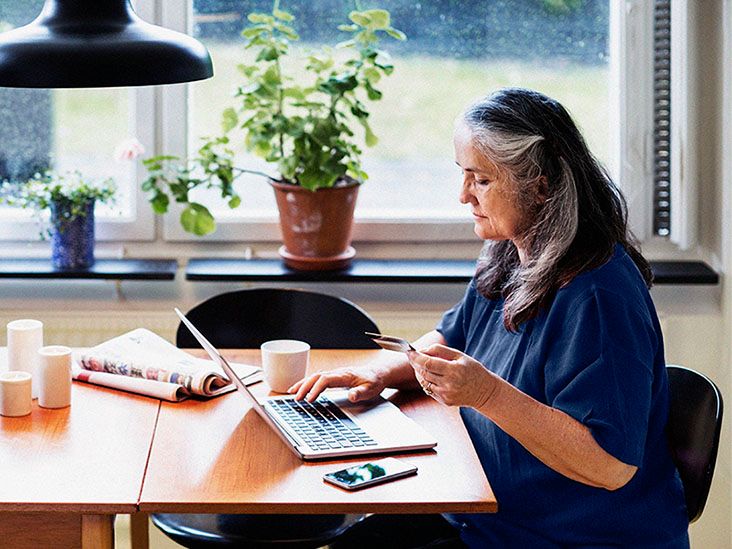Do you remember that feeling when your favorite song from the past suddenly fills the room? You can't help but tap your feet, sway your shoulders, or maybe even get up and move a little? There's just something about music that touches our souls. For older adults, this little moment of joy can be so much more than just a few seconds of funit can be the start of something beautiful, meaningful, and life-changing. Let's talk about dancing for seniors, and why it might just be one of the best decisions you or your loved ones could ever make.
Why Dancing Matters
It's not just about putting on music and moving around; dancing is a unique form of expression, movement, and joy all rolled into one. Unlike many forms of exercise that might feel routine or repetitive, dancing is alive, dynamic, and deeply personal. Imagine doing something that makes you smile, brings back memories, or connects you with othersit's hard to find an activity as rich in both physical and emotional rewards as dancing.
Consider the experience at Hebrew SeniorLife, where I first met dancers like Whitney and Iana. Here, older adults weren't just exercisingthey were rediscovering parts of themselves through dance. Whether it was gentle ballet-inspired movements, energizing Zumba rhythms, or soothing cultural choreography, each person found a way to move their body, engage their mind, and uplift their spirit. One participant once said, "Dancing makes me feel free." Think about that. Freedom. From fears, limitations, and the everyday pressures that often come with aging.
Physical and Mental Perks
If you're wondering if dancing for seniors really helps in tangible ways, the science speaks volumes. Studies have shown that regular dance participation among the elderly can lead to a significant improvement in overall physical health according to a study. We're talking about things like better balance, stronger muscles, increased flexibility, and even enhanced cardiovascular health. These benefits aren't just numbers in a chartmany are aspects of health that can reduce your risk of falls, keep you independent longer, and help you enjoy daily activities without strain.
| Benefit | Exercise Type | Seniors Appreciate |
|---|---|---|
| Balance | Slow dance, tango | Reduced fear of falling |
| Strength | Chair-based movements | Everyday tasks become easier |
| Mood Boosting | Group dancing | Connection with peers improves emotional health |
But physical benefits are just the tip of the iceberg. Dancing also works its magic on your mental well-being. It gives you a chance to concentrate, follow rhythms, remember sequences, and stay mentally active in a playful way. There's something incredibly therapeutic about moving to the beat and letting yourself goespecially when combined with others who are doing the same. This social element alone can do wonders for combating feelings of loneliness or isolation, common but manageable challenges that many seniors face.
Dance Styles That Work Best
There's no such thing as a "wrong" dance for seniors. However, some styles naturally lend themselves better to varying mobility and fitness levels. Chair dancing, for instance, is great for those who prefer or need to remain seated. It's gentle yet still offers excellent opportunities for arm motion, upper body stretches, and rhythmic movementwithout ever needing to stand. On the other hand, ballroom basics emphasize smooth transitions and coordinated steps that help build strength and poise.
Do the nostalgic vibes hit home more often? Try some oldies-inspired moves like the twist or swing dance! YouTube offers amazing channels like SilverSneakers Fitness, Midlife Shuffle, and even soul train line dancing for that extra boost of familiarity and nostalgia. Start watching before jumping in to make sure the pace suits youand no pressure to keep up perfectly. It's all about having fun.
Dancing Right At Home
Many people wonder: Can I dance at home too? Absolutely yes. In fact, one of the biggest online discussions happens right here on platforms like Reddit where people are asking, "What songs make you want to get up and dance?" A few popular answers include everything from "Party Rock Anthem" by LMFAO (yes, really!) to the smooth beats of the 70s and 80s.
Here's how to get started safely at home:
- Pick a small, clutter-free open area
- Make sure lighting is sufficient
- Wear sturdy shoes or go barefoot if the floor's safe
- Choose songs with slower rhythms to start with
- Always end with some gentle stretches
Remember: it's your space. Dance like nobody's watching because, technically, they're probably not!
Staying Safe While Dancing
All this talk about enjoying dance doesn't mean ignoring safety. As empowering as movement can be, it's wise to take precautions. Some older adults may have joint pain, balance concerns, or even medical conditions they should consider. Before diving in, it's always a smart idea to chat with a healthcare providerespecially if you're getting back into activities after a while.
Here are a few quick tips to stay safe:
- Always warm up firstliterally warm up your muscles with small movements
- Keep a water bottle within reach
- Use a chair or wall nearby for support, especially with faster steps
- Have someone nearby during longer practice sessions
Getting Started On Your Journey
Starting anything new can be intimidating, but don't let that stop you. Even ten minutes a day of gentle dance movements can make a difference. Whether it's swaying to a playlist from your youth or joining a class for a bit more guidance, the key is consistencyand a willingness to enjoy the process.
| Option | Cost | Pros | Cons |
|---|---|---|---|
| YouTube Channels (SilverSneakers, etc.) | Free | Available anytime | Less structure / interaction |
| Community Center Classes | Often $0 $20/class | Social + live feedback | Fixed schedule |
| Dance Therapy Programs | $$$ | Professional care | May require insurance coverage |
In-person group settings add another layer of benefit. Think about attending a class at a local community center or YMCA. People love hearing comments like "Crank the music and I'll move anywhere!"and it's totally true. When others around you share that same excited energy, it transforms what could've been another workout into something you actually look forward to.
Finding Dance Opportunities Near You
So where do you find dance classes tailored for seniors? Fortunately, they're becoming more common. Start by checking out local senior centers, churches, fitness clubs, and even some nursing homes. Many offer budget-friendly or donation-based programs designed specifically for mature adults.
On the digital front, YouTube continues to be a treasure trove of guided dances designed for older adults. Search terms like "senior dance workouts," "chair yoga dance," or "arthritis-friendly fitness" will yield tons of options. Organize a playlist that ranges from mellow melodies to high-tempo classics, so there's always something ready when the mood strikes.
Final Thoughts and a Personal Invitation
Dancing brings color to ordinary moments, adds sparkle to daily routines, and gives us all the chance to reconnect with ourselves in a way that feels joyful, fulfilling, and deeply human. With the incredible health benefits of dancing behind the scenesand the creativity, friendship, laughter, and music in frontit's clear that dancing for seniors isn't just worth exploring; it's worth embracing with open arms.
Ready to dance? You don't have to be perfect. You don't need to master every step. All you need is the courage to press play, stand up, and move. Share your favorite track or tell us your own dancing story in the comments below. Trust me, we'd love to hear it.
Disclaimer: This article is for informational purposes only and does not constitute medical advice. Always consult with a healthcare professional before starting any new treatment regimen.
Related Coverage
Cats can provide companionship, mental stimulation, and comfort for seniors with dementia. Learn how cats benefit dementia patients and tips for integrating a feline companion....
Research shows crossword puzzles may help strengthen the brain and slow cognitive decline in those with Parkinson's disease. Learn how crosswords can aid as a supplement to Parkinson's treatment....
Get clear guidance on Medicare Part B enrollment, including eligibility, costs, and how to avoid late penalties....
What happens physically and mentally leading up to death and just after, according to scientific research. Covers brain activity, reflexes, the transition, and theories about consciousness....
Foods and drinks that can support brain health and reduce the risk of dementia. Learn which nutrients are key to maintaining cognitive function....
Discover how anti-inflammatory essential oils like frankincense, chamomile, lavender and others can promote swelling and pain relief for conditions like arthritis, gut issues, sore throats....
Navigate Medicare in Maine with ease. Find the best plans and coverage options for your healthcare needs in 2025....
Get clear info on Medicare geriatric care coverage, including what's included, what's not, and how to maximize your benefits....
Compare Medicare Plan G vs N to get lower premiums, fewer copays, and protection from excess charges, you can pick the best fit....
Improve stability and confidence with senior coordination exercises you can do at home. Start today for better balance....









